Ever seen this performed at the gym before and think that the Turkish get-up is just a move for fitness buffs? You aren’t alone, the 8 individual steps look highly rehearsed and expert when strung together.
The truth is, the Turkish get-up is a great full-body movement that can be enjoyed by people of all fitness levels however, we must practice and adopt the correct get up form first. So I have written this article to provide 5 actionable tips so the body is ready for the Turkish get up.
I love teaching this move to beginners, as the exercise teaches patience and the importance of slow movements. For a beginner, there is no easy shortcut, they must learn how to slow their movements enough to adopt the correct form.
In this article, we explore how to refine your Turkish get up technique and form so you can maximise key benefits such as shoulder stability, core strength, and overall coordination.
What is a Turkish get up?
To perform the exercise, simply put you first lie on the floor and then stand while holding a kettlebell above your head. The weights and intensity can be increased or decreased based on your fitness level and needs.
Watch our video here to see how to do a Turkish get up with a kettlebell.
What muscles do Turkish get ups work?
The Turkish get up exercise is a popular addition to most workout routines because it works out muscle groups across your entire body, including your triceps, shoulder, upper back, abs, lower back, hip flexors, and glutes (to name a few!).
The shoulder rotation strength and flexibility is the cherry on top and really sets this exercise apart.
Ever painted the ceiling before and felt that intense soreness in the shoulders the next day? Well, that’s probably because you aren’t performing Turkish get ups!
Also, one area you do not want injury is the shoulders, not only can shoulder injuries be extremely debilitating, shoulder surgery is known as the most painful surgery you can receive on par with hip surgery.
Turkish get-ups massively help in building the type of strength that protects against shoulder injuries.
Get Fit in 5 Minutes
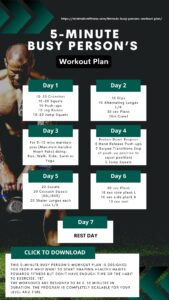
Too Busy to Work Out?
In 5 minutes a day, you’ll create an easy-to-follow workout habit that fits your busy schedule.
Turkish Get Up Benefits
It is the one kettlebell movement that, if mastered correctly, can benefit nearly every other athletic endeavour. Incorporating Turkish get-ups into your regular routine has many benefits such as:
- It helps to increase your shoulder/thoracic mobility and stability
- It leads to better trunk stability and particularly rotational stability
- It’s a great way to progress from floor to standing (neuro-developmental patterning)
- It helps you prioritise technique over speed (for all you HIIT fanatics out there)
- It builds your confidence under load because it takes time to execute
Turkish get up for beginners
Everyone loves the get up, but I cringe when I see it executed poorly, as we’ve missed the point of the exercise.
We had a saying in the military when it came to learning how to use a rifle, and it’s the same for the Turkish get up.
Slow is smooth, smooth is fast.
If you look at the Turkish get up benefits individually, they will usually highlight weaknesses in your mobility, stability, or attention to detail.
So, if you are a beginner and want to master the Turkish get up, you’ll need to address those weaknesses to see the benefits come through in your training.
Watch our Turkish get up tutorial video below for our more detailed step-by-step guide.
Learn how to do a Turkish get up with these 5 tips
1. The Set-Up
If you start in the wrong position, you won’t complete the get up correctly. In addition, you may find that you’ll have problems getting into the post position or cramping/lack of room in the bridge to the side kneeling position.
Here are some things to focus on:
- There needs to be a decent angle between your legs of about 70-90 degrees to help you drive up and across
- The toes of your outstretched leg should be pulled back towards your body. Think kneecap into quad
- The unloaded arm runs parallel with the outstretched leg. This helps give us enough room when moving from the post position
- Your bent leg should have a slight push out of your knee
These tips should help you reach the post position easily.
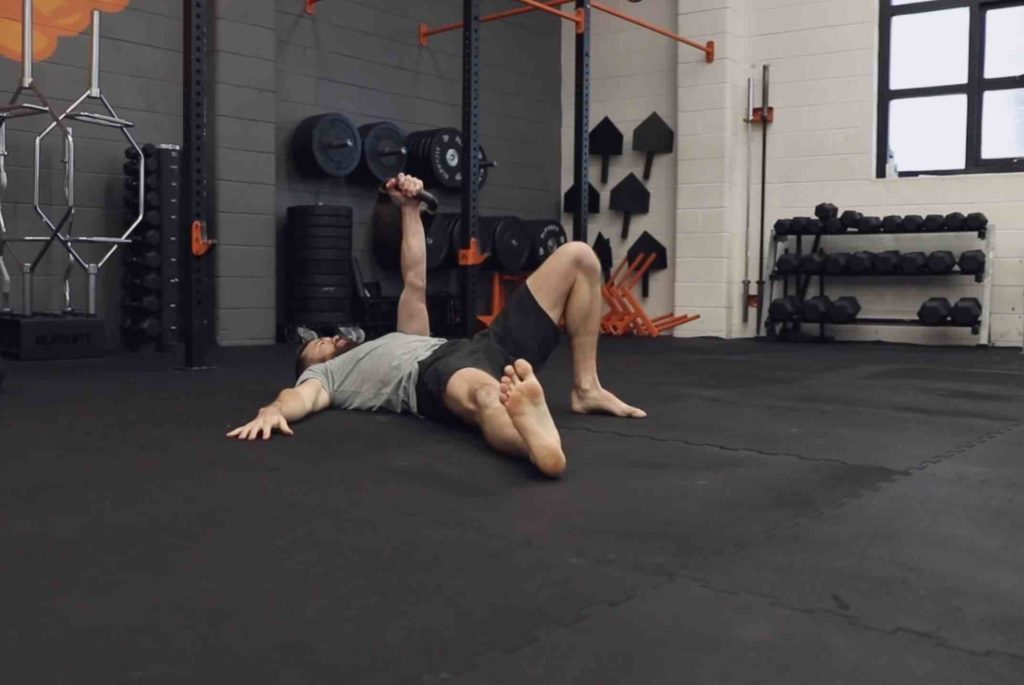
2. The Post Position and the “half Turkish get up”
The post and half Turkish get up position might be where we see hip or shoulder mobility issues that need to be addressed.
- Drive the elbow into the ground of the unloaded arm, engage the glutes, and drive up and across into the post position
- Ensure you are nice and tall in the post position with your joints stacked on top of each other for stability
- Pivot your hand on the unloaded arm to get to the tall sitting position
If you’re struggling with mobility, consider things like trigger point or mobility stretches to solve the issue.
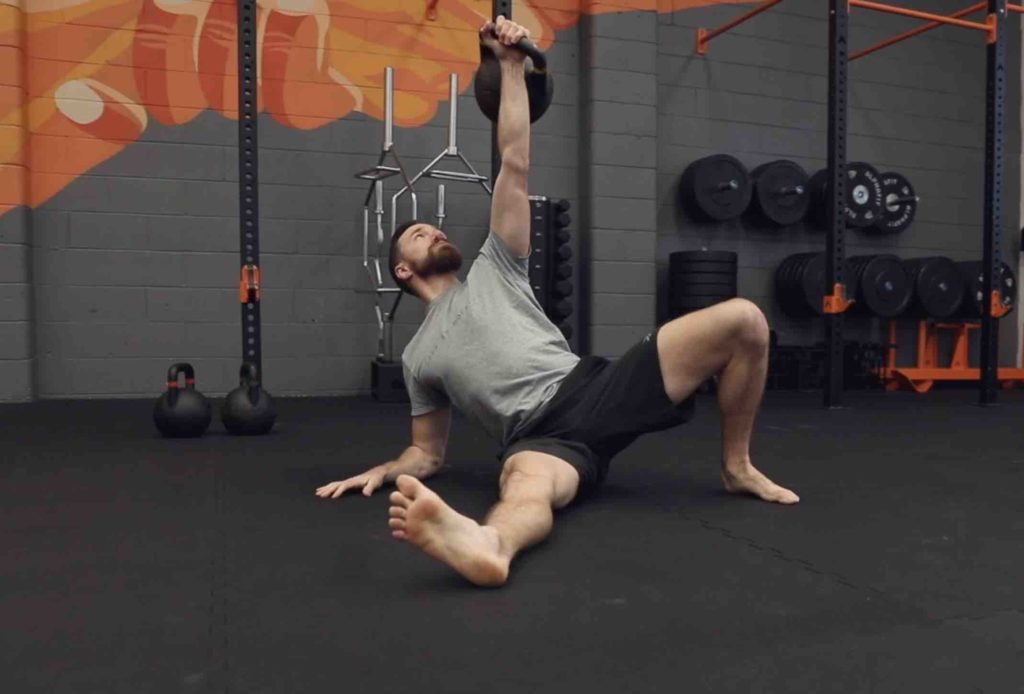
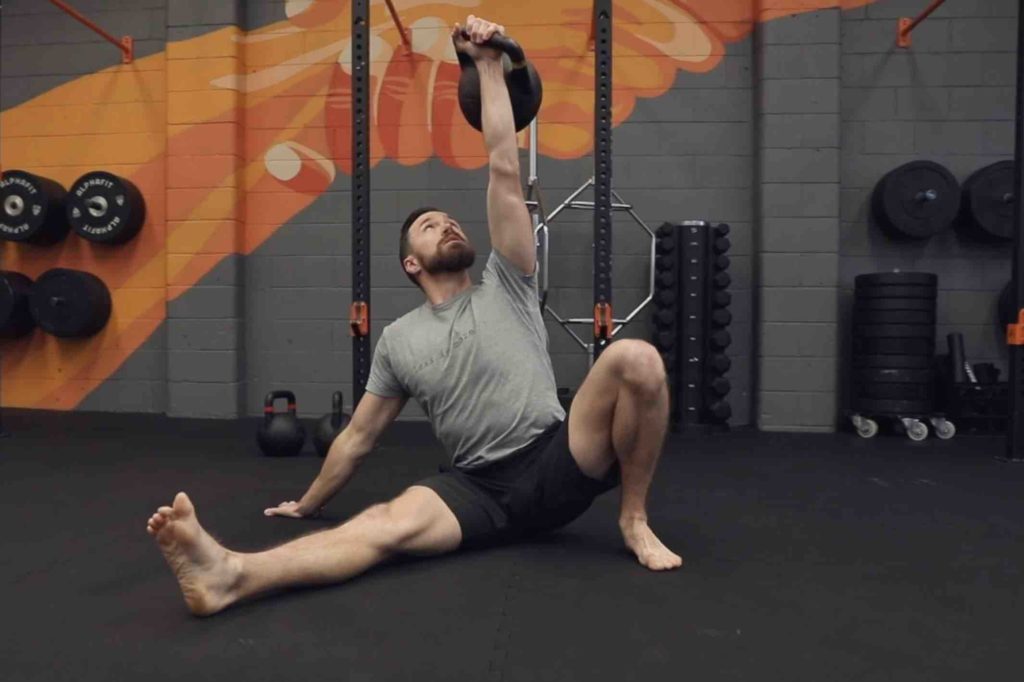
3. Side Kneeling Position
When you move from tall sitting to the side kneeling position, your hips will leave the floor and move into the bridge position. This can highlight more mobility or stability issues.
- When bridging from tall sitting, don’t bridge too high. Allow enough room for that leg to sweep under your hips and get into side kneeling. If you go too high, it might be too hard to stabilise
- Pay close attention to your hand, knee, and foot placement. They should all be in line with each other on the back side
- When pushing into side kneeling, treat it like a half kneeling windmill. This is also the case when you are coming down out of standing
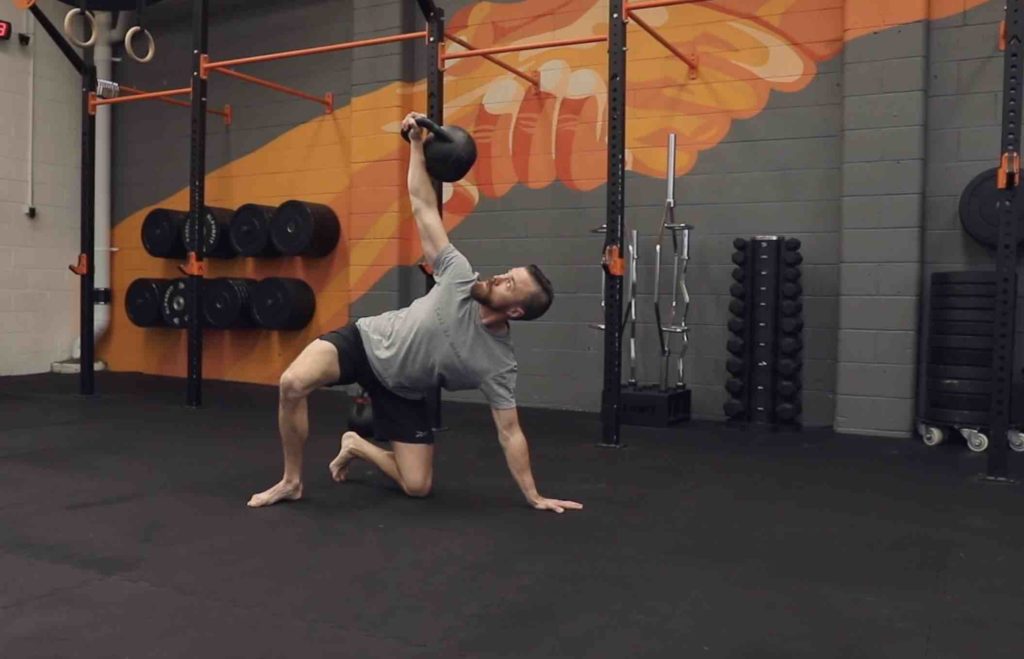
4. Get Naked
Seriously. Get naked. Master the bodyweight Turkish get up before you start using any weight. Address any mobility or stability issues and practise the movement without weight to ensure you’re safe to progress. It’s also a great way to mobilise the body before a session.
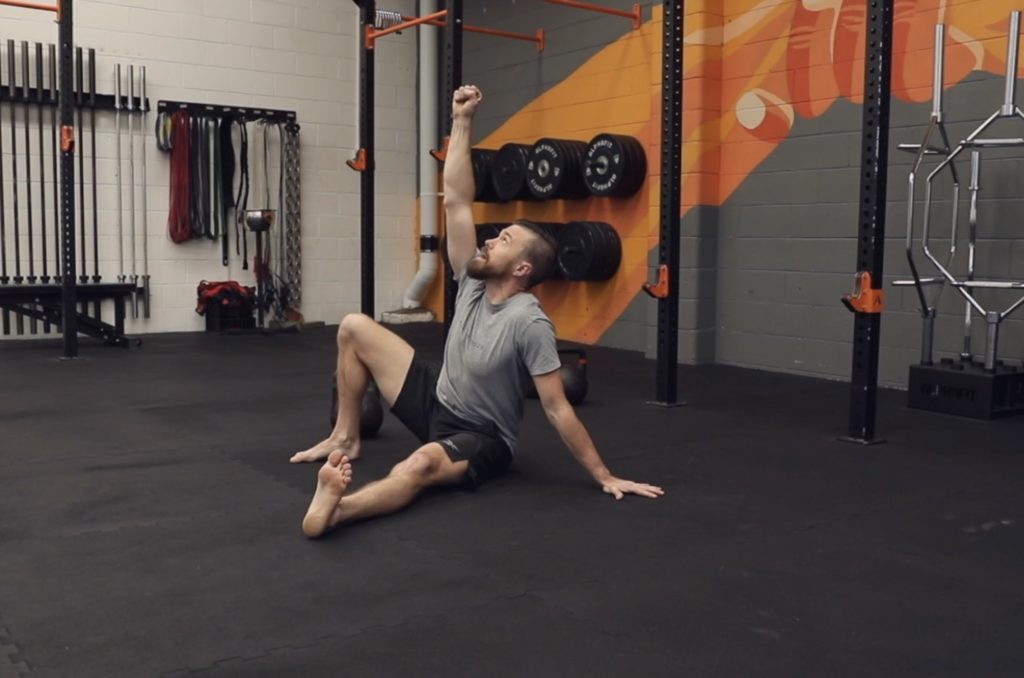
5. The Shoe Test
People laugh when we suggest this. However, their laugh is usually followed by a humbling number of reps using a shoe. The shoe shows you if you have the requisite mobility and stability by suspending a shoe on top of your fist to simulate a kettlebell. Don’t hold it. Place it on your fist, and it must balance there as you complete the full Turkish get up. If it falls, you start again.

When learning, it’s essential to understand the nuances of the Turkish get up. If you take your time to master each stage and focus on technique (not speed), you will reap the benefits and notice a distinct improvement in other areas of your training.
And the best part, once you master the technique, you will be able to move some serious weight from the floor to standing, showcasing excellent mobility and stability.
Related Posts: